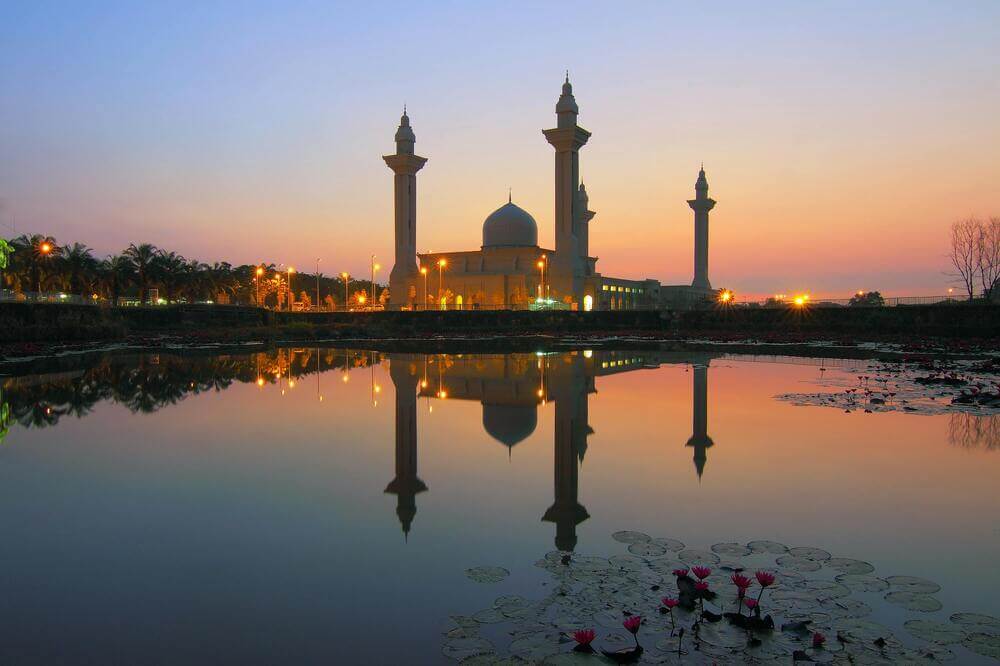
Best Time to Visit Malaysia from The Philippines: What to do, weather, visas, and more
Malaysia is a relatively accessible destination with great food, lovely beaches, interesting historical and cultural sites and excellent infrastructure allowing for a low stress visit. If you’re thinking of your next break away, you might be wondering about the best time to visit Malaysia from the Philippines.
The Malaysian temperature is pretty stable, but you might want to think about the impact of the monsoons on your visit if you’re thinking of hitting the beach. This guide walks through the best month to visit Malaysia for different itineraries. We’ll also share more about the Wise card, a handy way to spend internationally.
| Table of contents |
|---|
When is the best time to visit Malaysia from the Philippines
The best time to visit Malaysia from the Philippines is from December to March. This period aligns with the dry season in both countries, offering sunny skies perfect for exploring cities and relaxing on the beach. It's an ideal time for a tropical getaway to experience the best of Malaysian culture.
Malaysia is a very large country, which means that the weather across different areas can vary a lot at any given time. There’s always somewhere good to visit, but the right place for your trip might vary depending on the time of year.
Let’s work through what to do in Malaysia month by month so you can get a flavour for the different options.
Northeast Monsoon: December - February
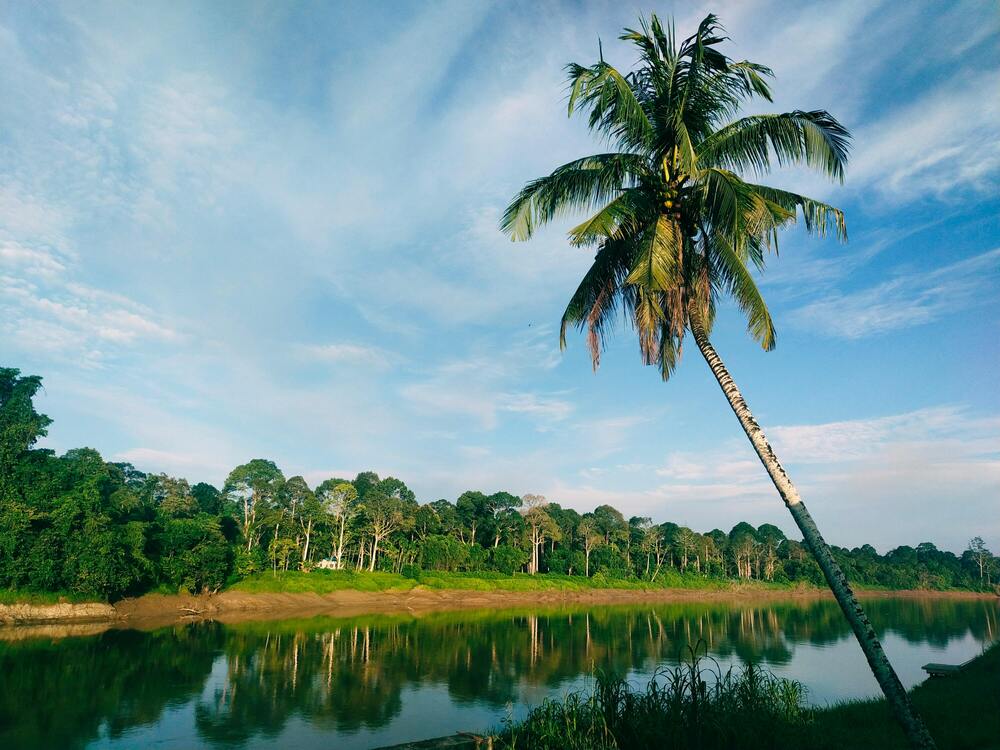
While the monsoon rains fall in the east of Malaysia, the western Andaman coast experiences wonderful weather, making this period a great time for visits to the western islands and coast.
December: December is a popular time to travel due to the Christmas and New Year holidays, so expect higher flight costs and more crowds. You'll need to book your accommodation well in advance. That said, it’s a perfect time of year if you want a Malaysian beach break. Check out resorts on Langkawi for a relaxing beachside stay.
January: Once the New Year is over, visitor numbers on the western coast and islands can fall, but the weather remains glorious making this a great time to visit. If you’re interested in a mix of culture, nature and history, a trip to Georgetown can be an excellent choice. Avoid Sabah and Sarawak in Malaysian Borneo as the rain here can be disruptive.
February: Lunar New Year, which often falls in February, is celebrated in many areas of Malaysia. Expect dragon dances, rituals and decorations, and embrace the festive spirit. In most areas there are at least 2 days of public holidays, and many people can choose to travel to their hometowns during this important festival. Make sure your travel plans won’t be impacted by closures.
Shoulder Season: March - May
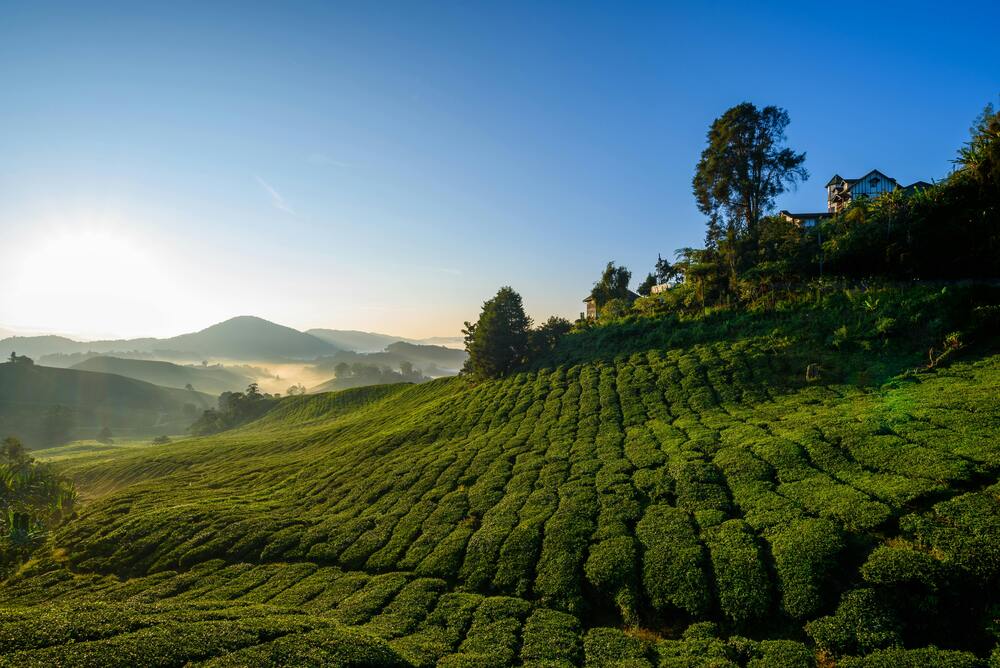
There are plenty of things to do in Malaysia during the quieter shoulder season, when tourist numbers are relatively low and hotel prices can fall. This period sees excellent weather in many areas which opens up opportunities for beachgoers and hikers before the heat builds later in the year.
March: If your plans in Malaysia include trekking you could find March is a great time to tackle popular routes such as the climb up Gunung Ledang in Johor. Or pick one of the other fabulous National parks in Malaysia, such as Taman Negara which offers excellent hiking and river exploration, with plenty of wildlife to see.
April:
Malaysian Borneo experiences good weather during this period, making it a good chance to visit Sabah if you intend on hiking and nature exploration. There’s also great diving in the area, although you’ll need to plan in advance for some destinations as permits are required.
May: The eastern coasts and islands are becoming a good bet by May, with popular destinations like the Perhentian Islands seeing an end to the rain and an increase in sunny days. This group of stunning islands offer white sandy beaches which are well worth the slightly complicated travel from Kuala Lumpur.
High Season: June - August
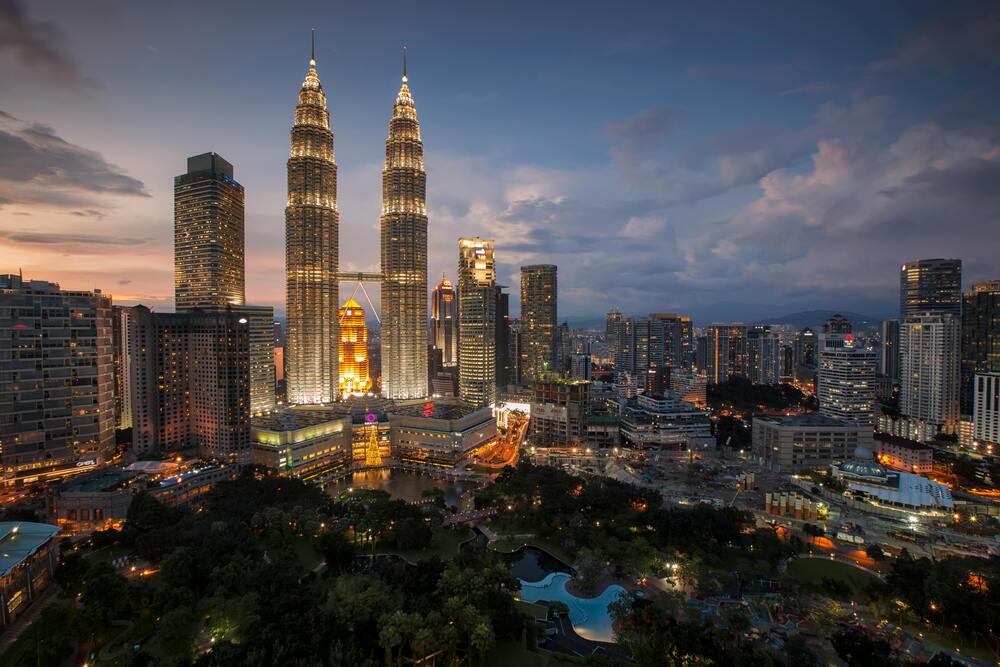
This period sees relatively dry conditions in Malaysia and excellent dive conditions on the east coast. It coincides with summer holidays in other parts of the world, leading to higher visitor numbers in many popular resorts. It’s a great time to visit as long as you plan ahead.
June: The weather in Kuala Lumpur has stabilised and offers good conditions for visiting the local attractions. And of course, if you need to beat the heat you can always head to a mall or join in the fun at a food court. Eating is a national obsession in Malaysia, so expect to be very well fed.
July: While holiday crowds can start to build in July, it is a great time of year for beach activities including diving and snorkeling on the eastern coasts and islands. The waters are pretty calm, and visibility is good. You can also set up island hopping adventures taking in places like Tioman and Rawa with relative ease.
August: Before the rains begin, many communities are packing in the festivals. Penang has a particularly busy festival schedule during August, and the whole country comes together at the end of the month for Hari Merdeka, Malaysia’s National Day.
Shoulder Season: September - November
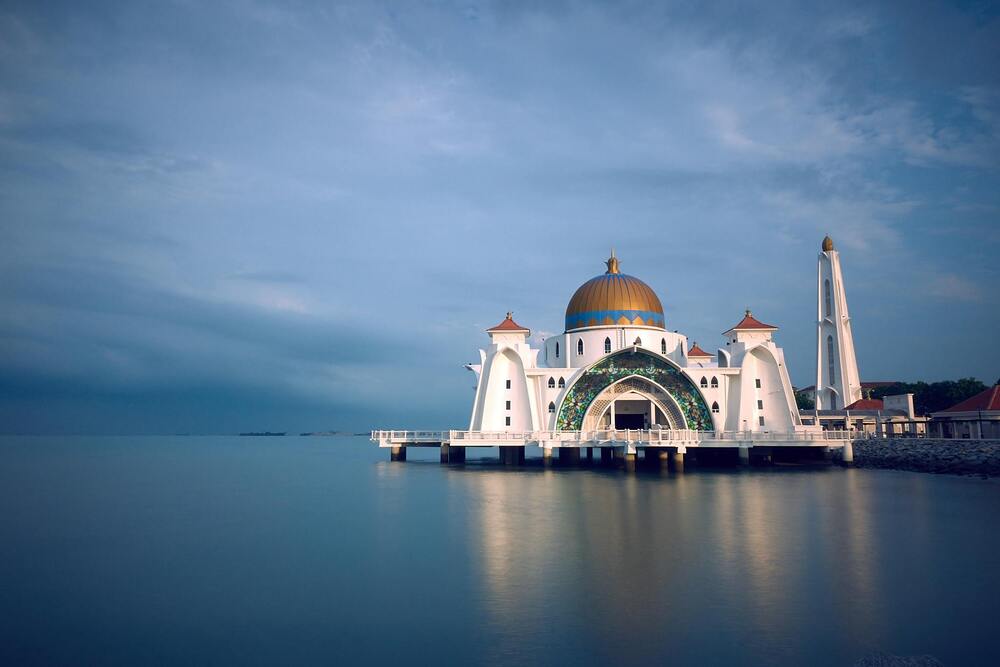
Much of Peninsular Malaysia gets heavy rain from October through November, which means fewer visitors and lower prices. It’s not optimal beach weather, but if you’re thinking of a trip taking in cities and historical sites it can be a perfect option.
September: September can bring mixed weather across many areas, but generally the rain isn’t disruptive in the east as yet. Pack an umbrella and have a variety of activities planned to make sure you’re not impacted by the rain when it comes.
October: The Cameron Highlands is particularly pretty in this period as the landscape blooms with the heavier rain. This region is known for its wonderful agricultural produce, and can offer some interesting tours and outdoor activities when the weather is conducive.
November: Rain is pretty common through November, but Melaka can be a good choice with lower rainfall and lots of interesting places to visit. Alternatively, use the opportunity of the wetter weather to explore Kuala Lumpur, where it’s always easy enough to dodge the storms in malls, restaurants, and museums.
| 💳 Enjoy great rate and seamless spending all year round in 150+ countries with Wise |
|---|
What to do in Malaysia for Filipinos
There’s plenty to do in Malaysia, and while different times of year might have their own advantages and drawbacks, there’s always a good destination to consider. Once you’ve decided when to go to Malaysia, you’ll need to plan your activities - here are a few common options.
Beach activities

Whether you’re planning island hopping, relaxing on the shore, snorkeling or diving, there’s loads of options for beach breaks in Malaysia. Plus, as the monsoon rains tend to hit different areas at different times, there are locations all year round which can be a good pick for sun worshippers.
History and culture
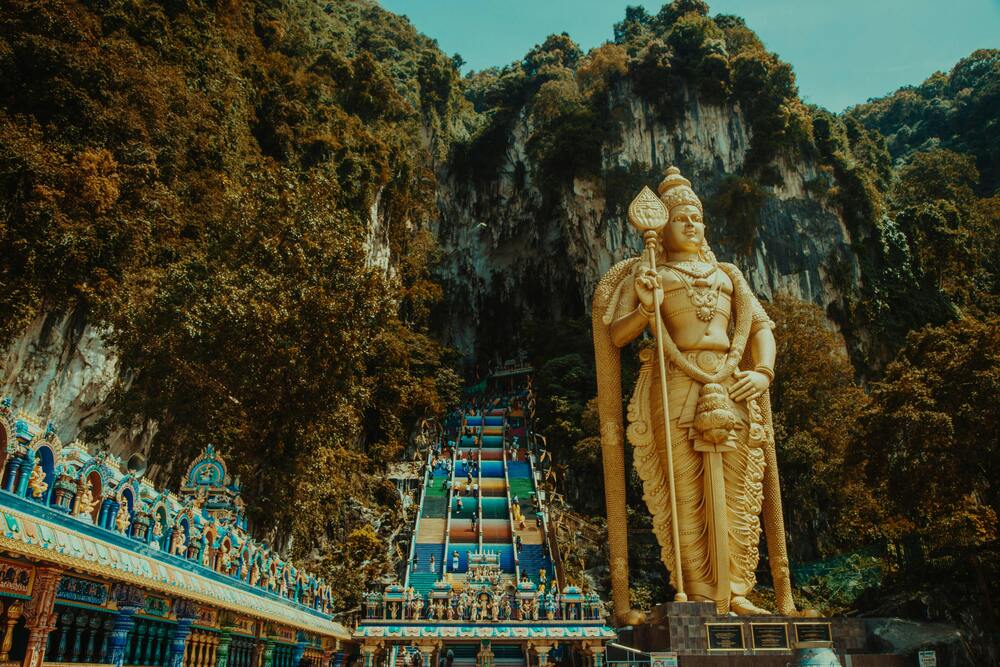
Malaysia has a fascinating history, and even a short visit to places like Georgetown can help you get under the skin of the country’s past. There are many local and national festivals which you can get involved in, too, giving you plenty of chances to have a unique Malaysian experience.
Food and drink
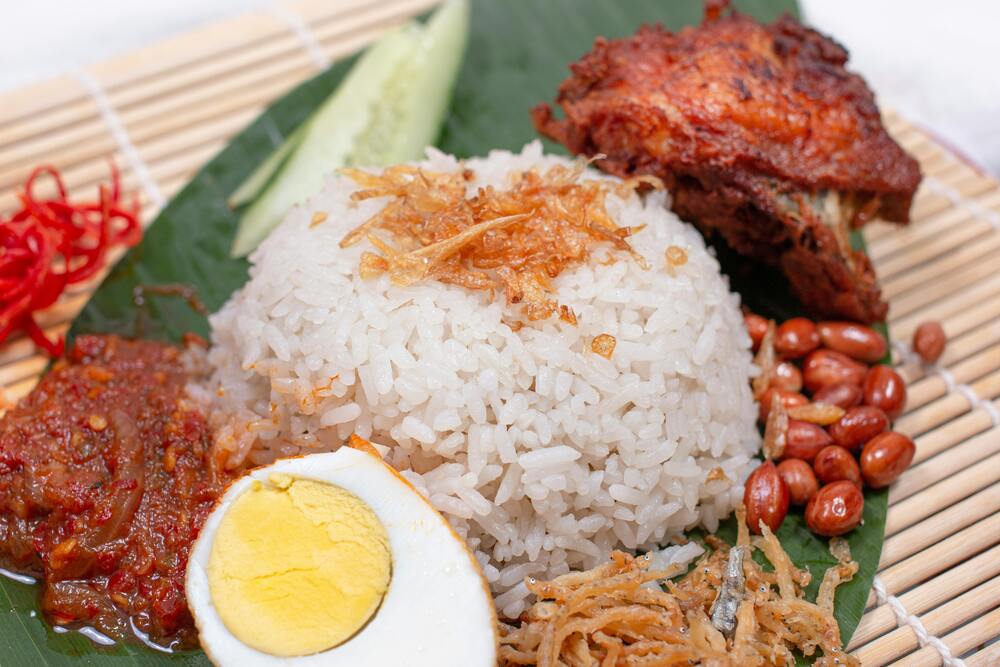
Malaysian food offers iconic choices like Laksa and Nasi Lemak, as well as nods to the different cultures which have influenced the cuisine over the years. Check out Roti Canai with delicious curry, or Char Kway Teow if you love your noodles.
Planning a trip to Malaysia from the Philippines
Once you’ve decided when the optimal time for your visit to Malaysia will be, you can start to get the practical arrangements in place. Here are a few important considerations when planning a trip to Malaysia from the Philippines.
Malaysia Visa Requirements
As the Philippines is an ASEAN member country, Filipino passport holders can visit Malaysia for up to 30 days without a visa¹.
It is also mandatory to complete a Malaysian Digital Arrival Card (MDAC), which can be done up to 3 days prior to entering the country through the official website².
When you complete your MDAC you’ll receive an email with a link to allow you to access your visit pass. It’s a good idea to take a screenshot of this in case you need to present it to border officers during your visit.
Flights to Malaysia
You can fly direct to Malaysia from Manila, with the flight to Kuala Lumpur taking about 4 hours. There are also flights from other Philippine cities like Cebu, often with a connection.
Carriers including Cebu Pacific, Philippines AirAsia, and Malaysia Airlines operate on these routes, giving you a choice between budget and full-service airlines to fit your travel style.
Get the most out of your PHP to MYR conversions on your holiday with Wise
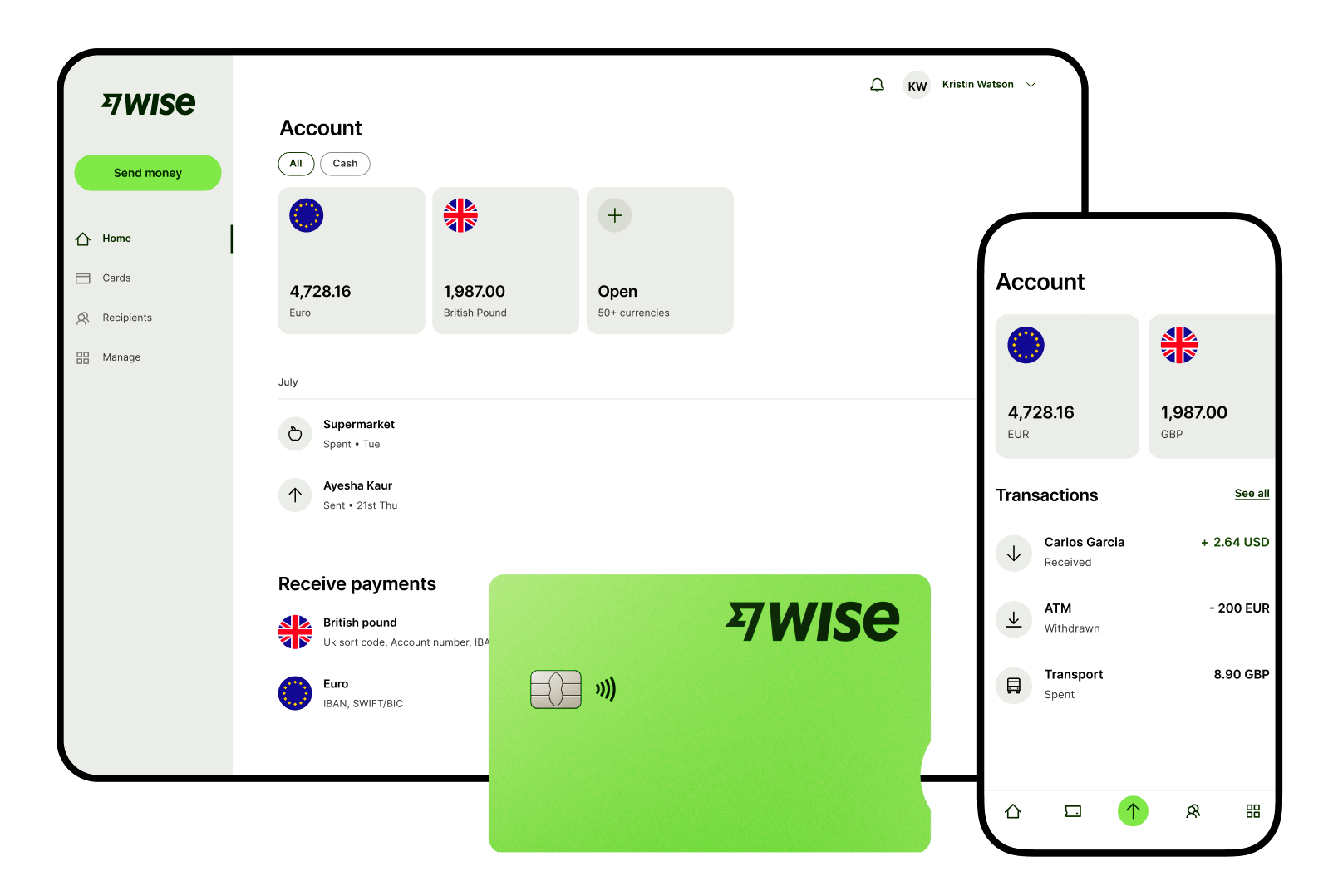
The Wise account is an easy way to hold and exchange 40+ currencies, including PHP, USD, CNY, and more. All you need to do is create a free account to get started.
With Wise, you can exchange currencies at the mid-market rate each time, with low, transparent conversion fees from 0.57% and absolutely no markups. Plus, you can order a Wise card for convenient spending at the same great rate, without any foreign transaction fees. At times you need cash, you can also make up to 2 free ATM withdrawals to the value of 12,000 PHP when you're overseas. You'll even get 8+ local account details to get paid conveniently to your Wise account in PHP and a selection of other major global currencies.
Sending money or making payments abroad? Wise also offers fast, low cost transfers to 140+ countries - you can track your transfer in your account and your recipient will also be notified when a transfer reaches them.
💰 For cheaper and easier payments in 150+ countries
Sources:
*Please see terms of use and product availability for your region or visit Wise fees and pricing for the most up to date pricing and fee information.
This publication is provided for general information purposes and does not constitute legal, tax or other professional advice from Wise Payments Limited or its subsidiaries and its affiliates, and it is not intended as a substitute for obtaining advice from a financial advisor or any other professional.
We make no representations, warranties or guarantees, whether expressed or implied, that the content in the publication is accurate, complete or up to date.


